Mastering neutral buoyancy is often considered the holy grail of scuba diving, a skill that separates novice divers from true underwater artisans. The ability to hover effortlessly in the water column, neither sinking nor rising, represents the pinnacle of diving finesse. This delicate equilibrium allows divers to move through aquatic environments with minimal disturbance, conserving energy while observing marine life in its most natural state.
The physics behind neutral buoyancy revolves around Archimedes' principle, which states that any object submerged in fluid experiences an upward force equal to the weight of the displaced fluid. For divers, achieving this balance requires precise control over both buoyancy compensator devices (BCDs) and breathing patterns. The relationship between lung volume and buoyancy creates an organic control system - inhaling deeply increases buoyancy while exhaling decreases it. Seasoned divers develop an almost meditative breathing rhythm that maintains their position without constant BCD adjustments.
Equipment configuration plays a crucial role in achieving neutral buoyancy. Many instructors emphasize the importance of proper weight distribution, as being over-weighted remains one of the most common beginner mistakes. The modern trend toward minimalist diving gear reflects this understanding, with streamlined setups reducing drag and making buoyancy control more intuitive. Technical divers often spend hours tweaking their rigs, moving weights millimeter by millimeter to achieve perfect trim in the water.
Water conditions significantly impact buoyancy management. Saltwater's greater density compared to freshwater requires less weight for equivalent buoyancy, a fact that catches many travelers off guard when switching between ocean and lake diving. Temperature variations add another layer of complexity, as cold water increases wetsuit compression at depth, altering buoyancy characteristics throughout the dive. These environmental factors explain why skilled divers always perform buoyancy checks when conditions change.
The ecological benefits of proper buoyancy control cannot be overstated. Divers who maintain neutral buoyancy avoid contact with sensitive coral reefs and minimize sediment disturbance. Marine biologists particularly appreciate this skill, as it allows for undisturbed observation of aquatic species. Many dive operations now incorporate buoyancy assessments into their environmental briefings, recognizing the direct correlation between diving technique and ecosystem preservation.
Psychological factors surprisingly influence buoyancy control. Anxiety or excitement often manifests in erratic breathing patterns that disrupt equilibrium. The most graceful divers typically exhibit calm, focused demeanors underwater. This mental component explains why many technical diving courses include stress management training alongside buoyancy drills. The interplay between mind and body becomes particularly evident when attempting complex maneuvers like valve drills in technical gear.
Technological advancements continue to reshape buoyancy training. Virtual reality systems now allow students to practice concepts in simulated environments before entering open water. Some manufacturers have introduced "smart" BCDs with microprocessors that automatically adjust buoyancy, though purists argue these devices hinder skill development. Underwater drones equipped with sensors provide real-time feedback on divers' positions, creating detailed post-dive analyses of buoyancy performance.
The journey toward perfect neutral buoyancy never truly ends, as even experienced instructors discover subtle refinements to their technique. What begins as a practical skill often evolves into an artistic expression, with veteran divers developing signature styles of movement. This progression mirrors martial arts advancement, where basic stances eventually become unconscious mastery. The underwater world rewards those who dedicate themselves to this pursuit with unparalleled access to its mysteries.
Modern dive education has shifted toward earlier and more intensive buoyancy training. Where traditional courses might have introduced the concept during advanced certifications, contemporary open water programs now incorporate fundamental buoyancy skills from the first confined water session. This pedagogical evolution recognizes neutral buoyancy not as an advanced technique, but as a core competency that enhances safety, enjoyment, and environmental responsibility from a diver's earliest experiences.
Historical diving equipment made neutral buoyancy nearly impossible to maintain consistently. The heavy gear and limited adjustability of early SCUBA systems forced divers to alternate between positive and negative buoyancy throughout their dives. This context makes modern buoyancy control technologies even more remarkable - today's divers can achieve stability that would have seemed miraculous to pioneers like Cousteau. The development of reliable BCDs in the 1970s marked a turning point in underwater mobility.
Night diving presents unique buoyancy challenges that test even seasoned professionals. Without visual references, divers must rely entirely on instrumentation and physical sensations to maintain position. The disorientation potential explains why night certification courses emphasize buoyancy control above nearly all other skills. Successful night divers often report developing a sixth sense for their position in the water column, a testament to human adaptability.
The future of buoyancy training may lie in biometric feedback systems currently under development. Experimental wetsuits with embedded sensors can detect muscle tension and breathing patterns, providing haptic feedback when divers begin losing neutral buoyancy. Military dive programs have shown particular interest in these technologies for covert operations where perfect buoyancy could mean the difference between mission success and detection.
Underwater photographers and videographers constitute perhaps the most demanding cohort when it comes to buoyancy precision. Capturing stable footage requires maintaining position within centimeters, often for extended periods. The industry's top shooters develop customized weighting systems and sometimes even modify their breathing patterns to accommodate camera systems. Their work stands as the most visible testament to what perfect buoyancy control can achieve.
Freediving offers an interesting contrast to SCUBA buoyancy techniques. Without the constant buoyancy of a BCD, freedivers must carefully calculate their weight to achieve neutral buoyancy at specific depths. This requirement creates a dynamic system where buoyancy changes throughout the dive as lung volume decreases with depth. Some SCUBA divers have found cross-training in freediving improves their overall buoyancy awareness and breath control.
The meditative aspects of buoyancy control attract many to the sport beyond the typical adventure-seeking demographic. Achieving neutral buoyancy creates a unique state of weightlessness that some compare to space travel or sensory deprivation chambers. Therapeutic dive programs for veterans with PTSD and individuals with mobility challenges often focus heavily on buoyancy exercises for both their physical and psychological benefits.
As artificial intelligence begins permeating dive computers, we're seeing the first generation of devices that can predict buoyancy needs before divers make adjustments. These systems analyze depth, breathing rate, and movement patterns to anticipate necessary BCD changes. While controversial among traditionalists, these innovations may make perfect buoyancy accessible to divers with physical limitations who might otherwise struggle with the skill.
The physics of buoyancy takes on new dimensions in technical diving scenarios involving multiple gas switches. Each gas mixture affects buoyancy differently due to varying densities, requiring meticulous planning. Technical divers often create complex buoyancy charts for their dives, accounting for anticipated gas consumption and equipment changes at various stages. This level of preparation transforms buoyancy control from a skill into a precise science.
Children often demonstrate remarkable aptitude for neutral buoyancy, likely due to their natural flexibility and lower anxiety levels. Youth diving programs capitalize on this by introducing buoyancy games that make learning fun while developing muscle memory. Many dive professionals believe starting buoyancy training young creates lifelong habits that persist through a diver's entire career, much like learning proper form in childhood sports.
Underwater hockey and rugby players represent perhaps the most dynamic practitioners of buoyancy control. These athletes constantly shift between positive, negative, and neutral buoyancy as part of gameplay, developing extraordinary breath control and body awareness. Their training regimens offer interesting insights into how extreme buoyancy manipulation can become second nature through repetitive, sport-specific conditioning.
The quest for perfect neutral buoyancy ultimately becomes a personal journey for each diver. Some approach it as a technical challenge to master, others as a meditative practice, and many as a means to better connect with the underwater world. Regardless of motivation, the pursuit invariably changes how divers interact with water, transforming clumsy initial efforts into what eventually feels like a natural state of being. This metamorphosis stands as one of diving's most rewarding transformations.
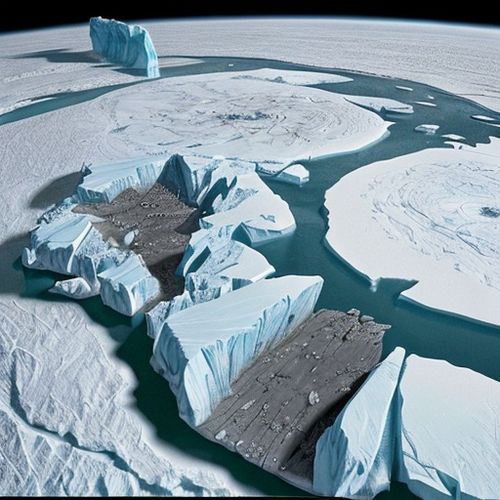
By Emily Johnson/May 8, 2025
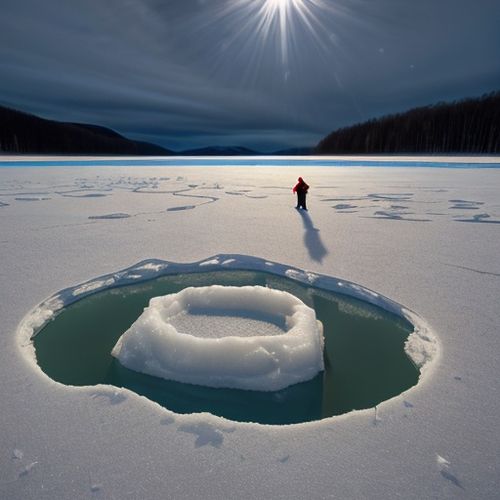
By Natalie Campbell/May 8, 2025
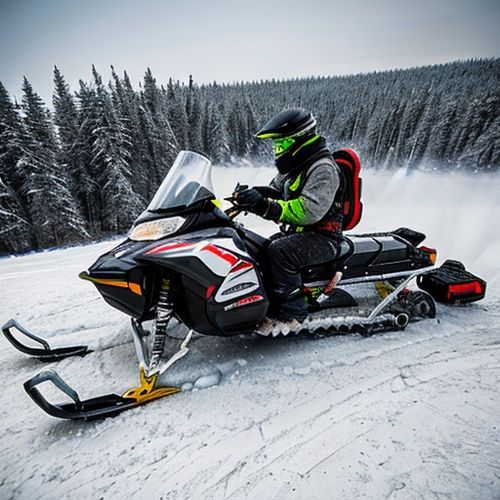
By Olivia Reed/May 8, 2025
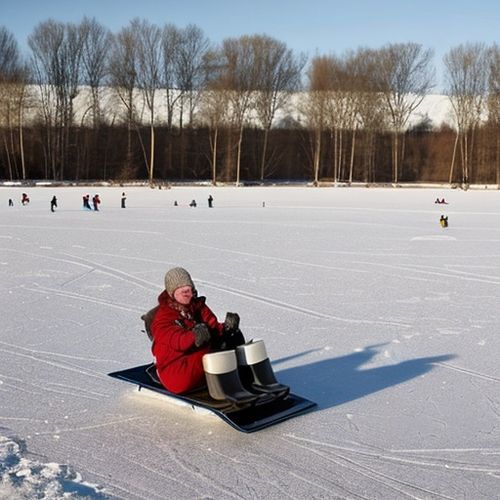
By Lily Simpson/May 8, 2025
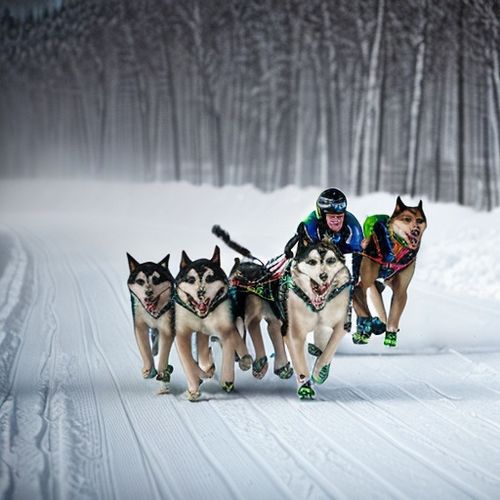
By Olivia Reed/May 8, 2025
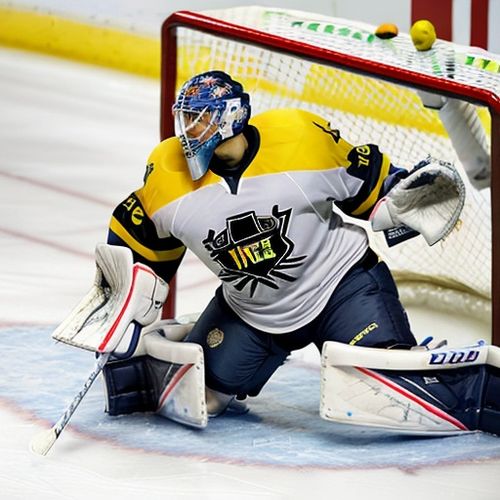
By Thomas Roberts/May 8, 2025
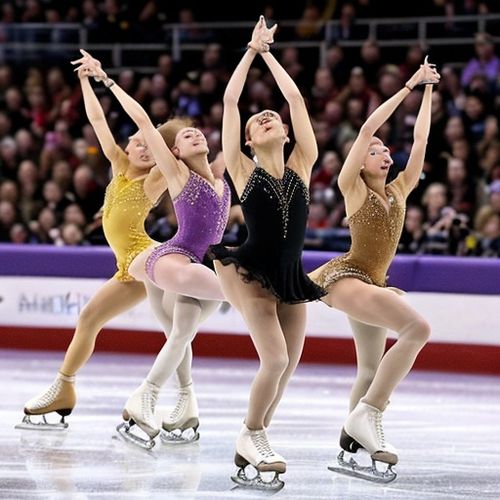
By Daniel Scott/May 8, 2025
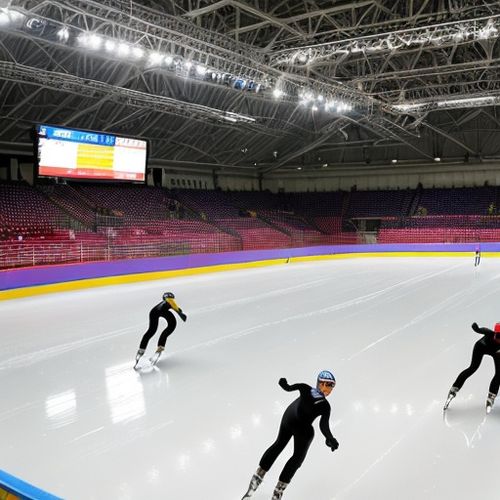
By George Bailey/May 8, 2025
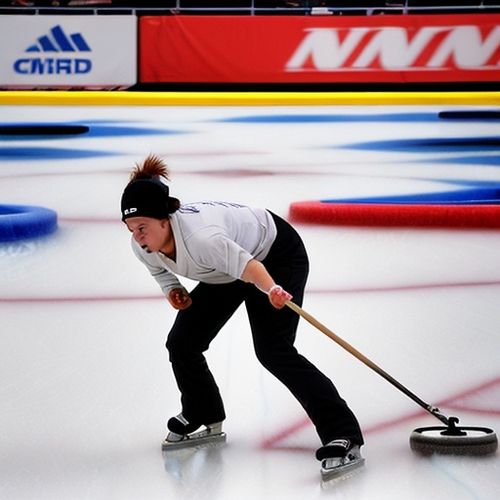
By David Anderson/May 8, 2025
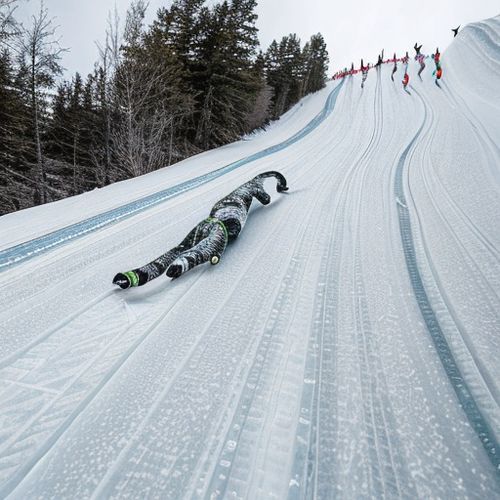
By Amanda Phillips/May 8, 2025
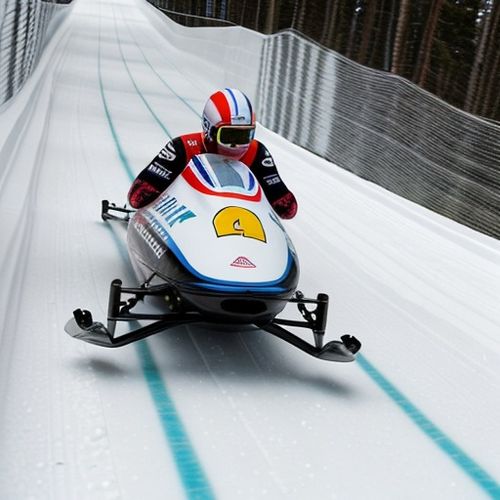
By Rebecca Stewart/May 8, 2025
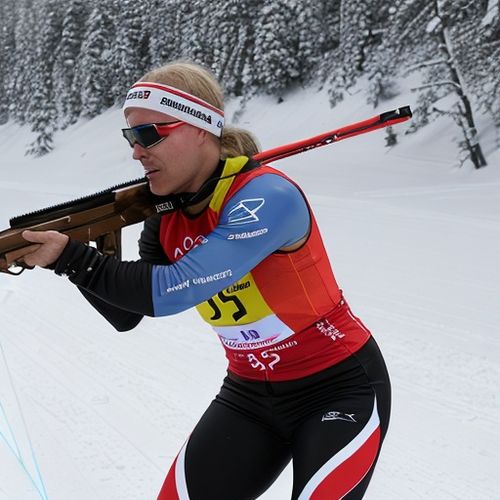
By Christopher Harris/May 8, 2025

By Emily Johnson/May 8, 2025
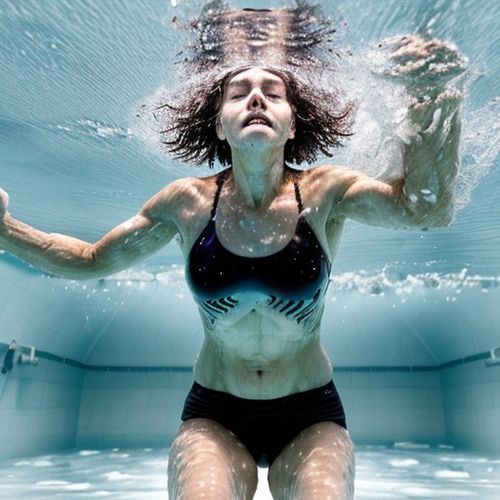
By Christopher Harris/May 8, 2025
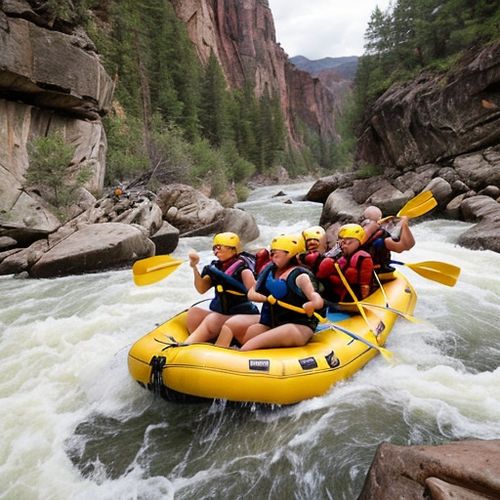
By Thomas Roberts/May 8, 2025
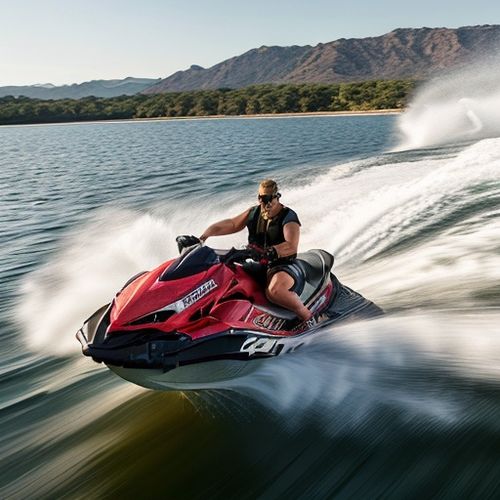
By Rebecca Stewart/May 8, 2025
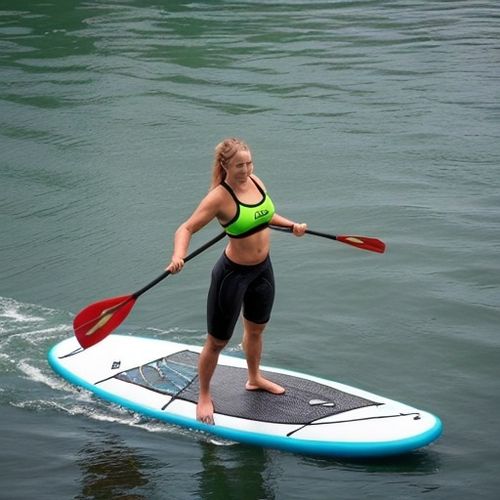
By Noah Bell/May 8, 2025

By Lily Simpson/May 8, 2025
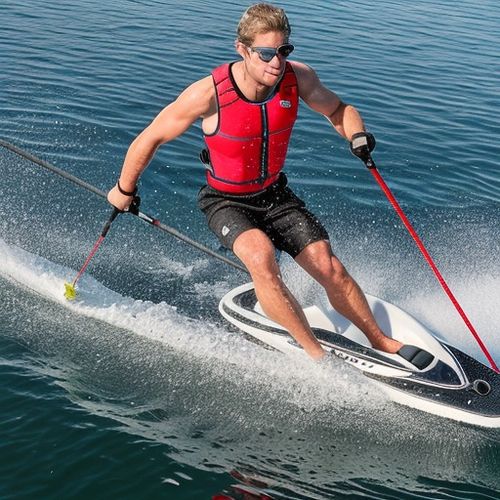
By Megan Clark/May 8, 2025
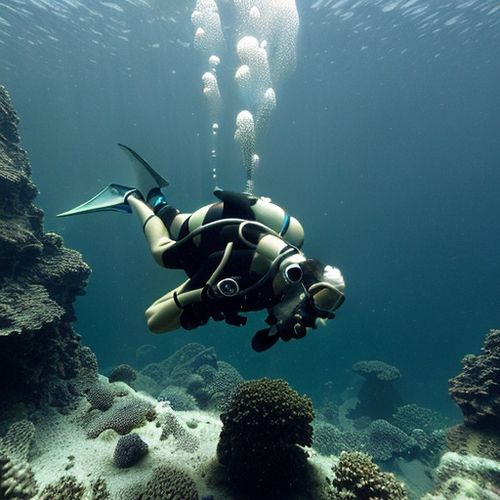
By Megan Clark/May 8, 2025